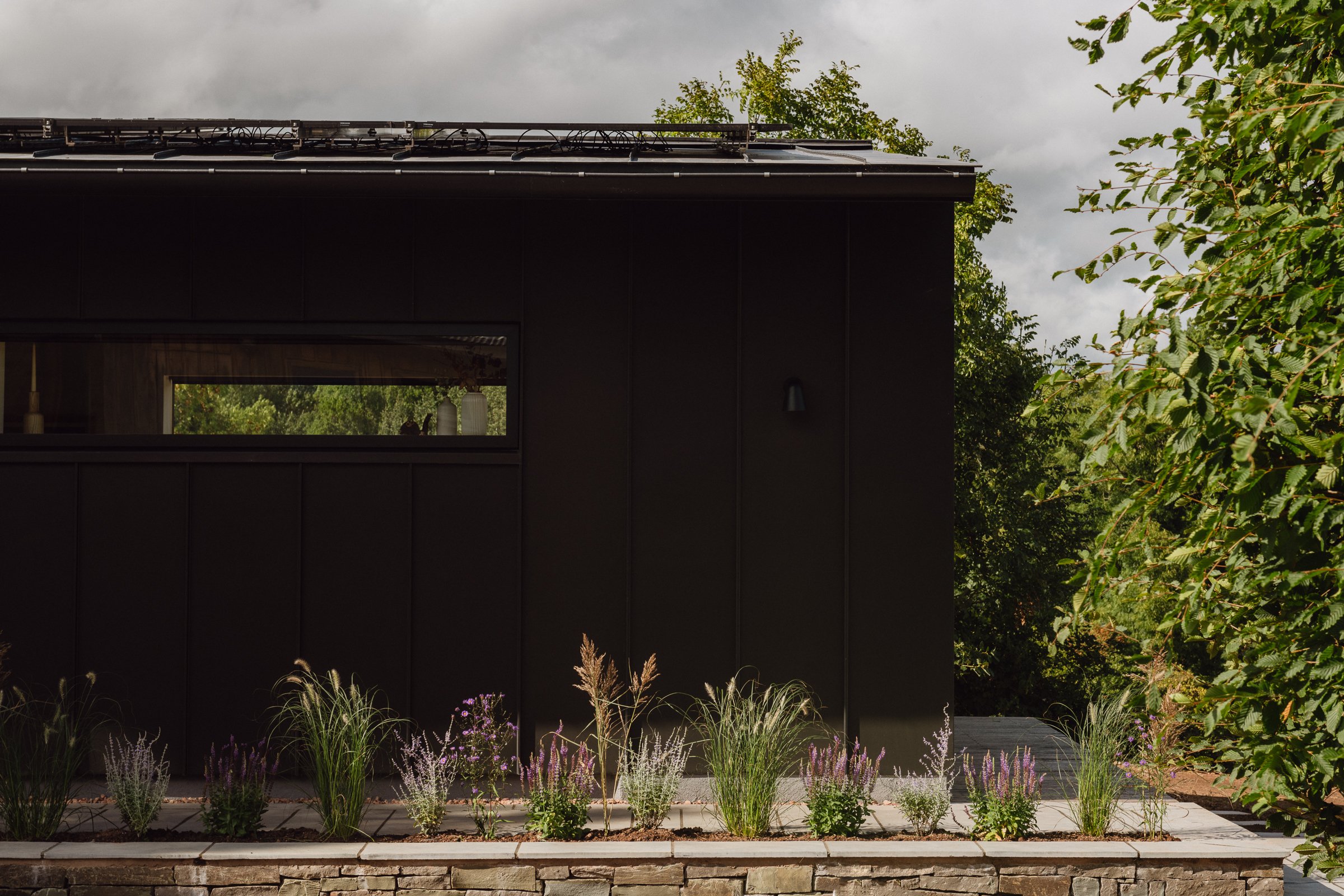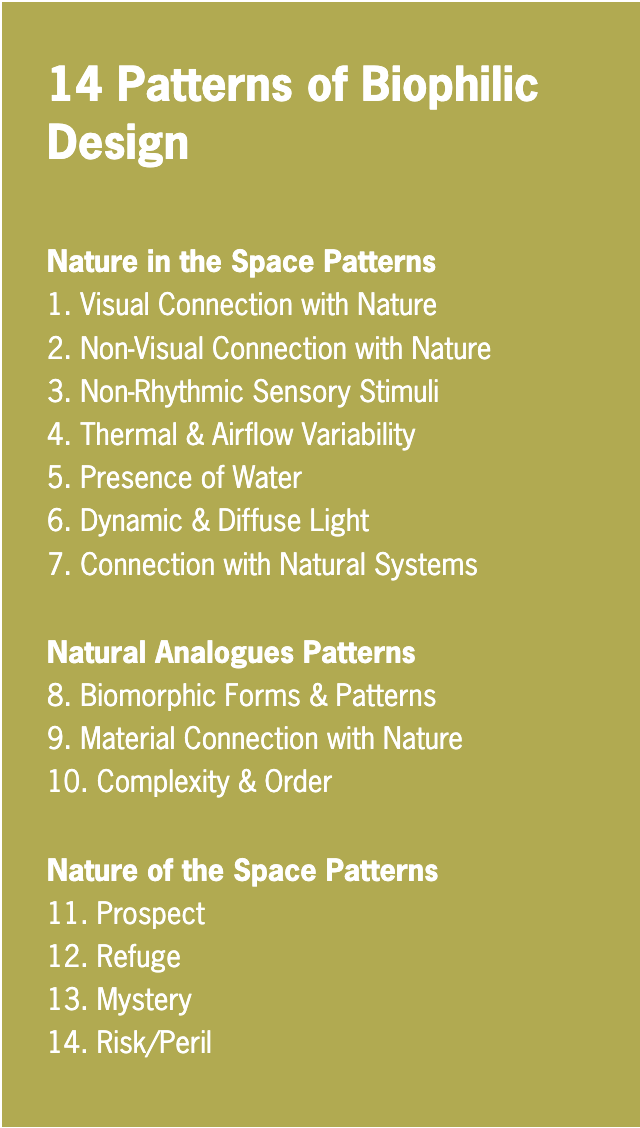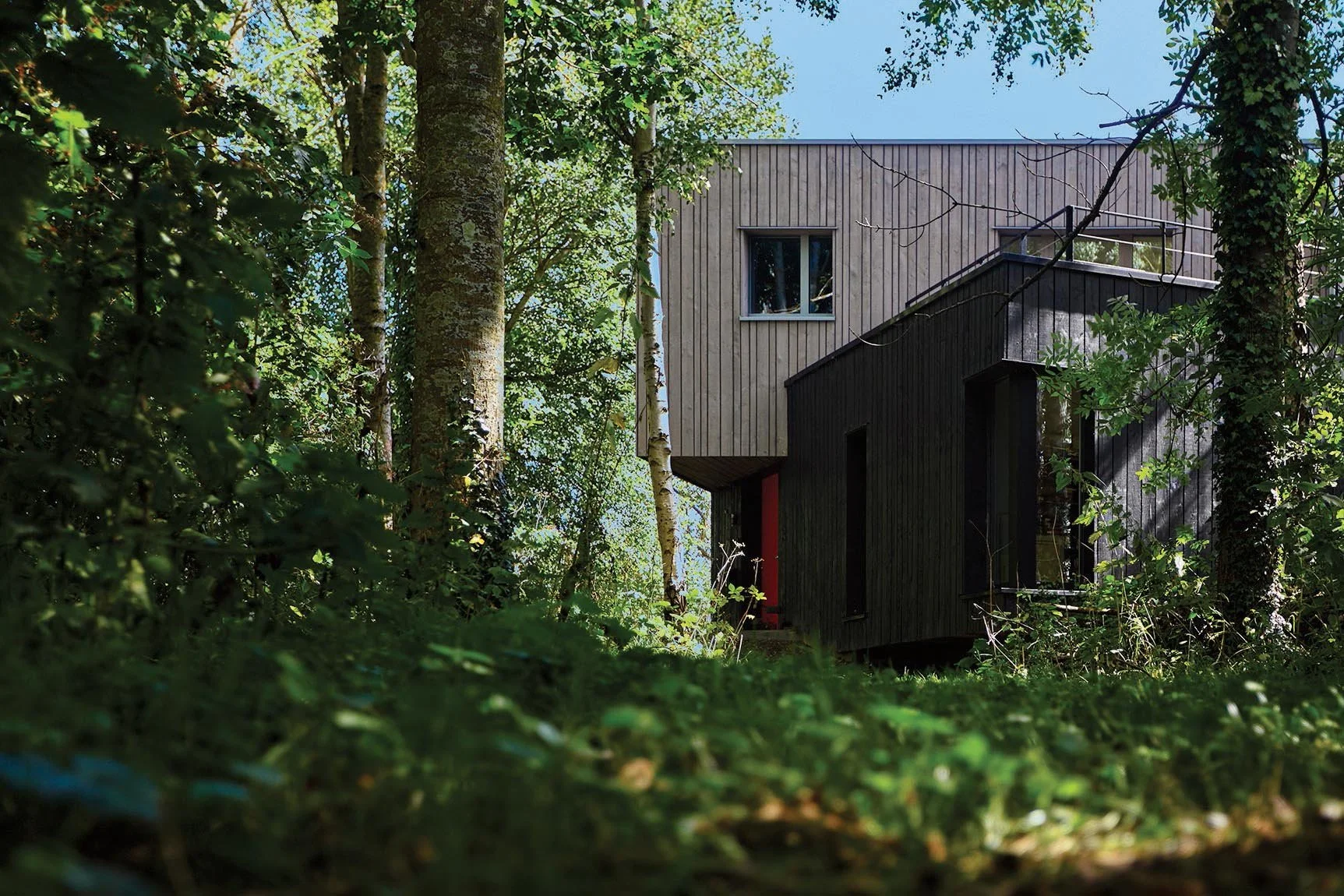Understanding Biophilic Design and Architecture
Biophilic architecture and the principles of biophilic design delve deep into our inherent connection with nature. In architecture, where functionality and aesthetics meet, exploring this transformative approach to design is important, as it not only enhances the built environment but also nurtures the human spirit.
Understanding Biophilic Architecture
At its core, biophilic architecture is about integrating natural elements and materials into the built environment to create spaces that support human well-being. Drawing inspiration from nature's patterns, textures, and rhythms, biophilic design seeks to forge a symbiotic relationship between people and their surroundings.
It's important to highlight that biophilic design and architecture do not merely mimic natural forms, a practice known as biomorphism. Instead, they ingeniously harness the principles and features found in nature to inform design decisions. Rather than replicating organic shapes outright, biophilic design extracts the essence of natural processes and incorporates them into the building. This element of biophilic design delves into the functional aspects of ecosystems, such as natural light patterns, airflow dynamics, and material textures, integrating them harmoniously into architecture. By adopting this approach, and combining it with the use of natural materials and easy access to outside spaces, biophilic design fosters environments that not only evoke the spirit of nature but also enhance occupants' well-being and connection to the natural world.
Elements of Biophilic Design
1. Natural Light and Ventilation: Maximising access to natural light and fresh air reduces energy consumption and promotes physiological health and mental well-being.
2. Greenery and Vegetation: Incorporating plants and green spaces within buildings enhances aesthetics, improves air quality, reduces stress, and fosters a sense of connection with the natural world.
3. Water Features: Whether it's a flowing fountain or a tranquil pond, water elements evoke a sense of calm and serenity while also serving as focal points that invite contemplation.
4. Natural Materials: From wood and stone to clay and bamboo, using organic materials in construction adds warmth, texture, and a sense of authenticity to spaces.
5. Biomorphic Forms and Patterns: Incorporating organic shapes and patterns into design elements, such as furniture or architectural details, can evoke feelings of comfort and security.
A useful reference for further considerations of biophilic design can be found in Terrapin Bright Green’s 14 Patterns of Biophilic Design report, published in 2014, which has become an essential guide to incorporating biophilia in the built environment.
Why Including Biophilic Design in Architecture Matters
By prioritising the needs and experiences of occupants, biophilic architecture focuses on human-centric design and environments that promote physical health, mental clarity, and emotional resilience.
Using bio-based materials associated with biophilic design allows us to celebrate texture and the play of light over surfaces that develop a natural patina over time, introducing an element of the natural world into the buildings' interiors. These materials haven't been heavily processed (avoiding products containing plastics, formaldehyde or VOCs) and are vapour open, allowing a building to breathe and regulate moisture. By using these types of materials, biophilic design reduces the environmental footprint of buildings and fosters a deeper appreciation for ecological balance.
Importantly, studies have shown that exposure to natural elements in the built environment enhances cognitive function, creativity, and productivity, leading to better outcomes in work, learning, and healing environments.
This can lead to improved emotional well-being. Biophilic design has been linked to reduced stress, anxiety and depression, as well as improved mood and overall satisfaction with the built environment.
Embracing biophilic principles is not just a trend but a transformative paradigm shift. By harmonising with nature rather than imposing upon it, we can create spaces that serve our practical needs and nourish our souls, leading to more sustainable architecture and design.
In every project we undertake, we strive to include elements of biophilic architecture, creating environments that inspire, rejuvenate, and ultimately elevate the human experience.





